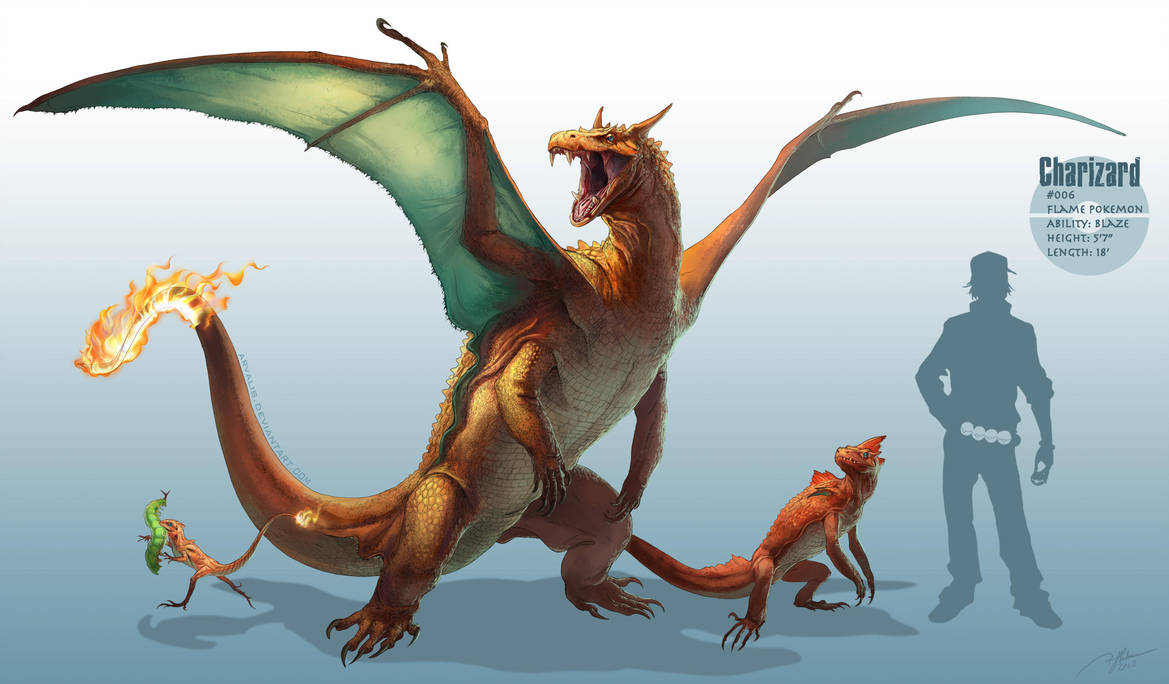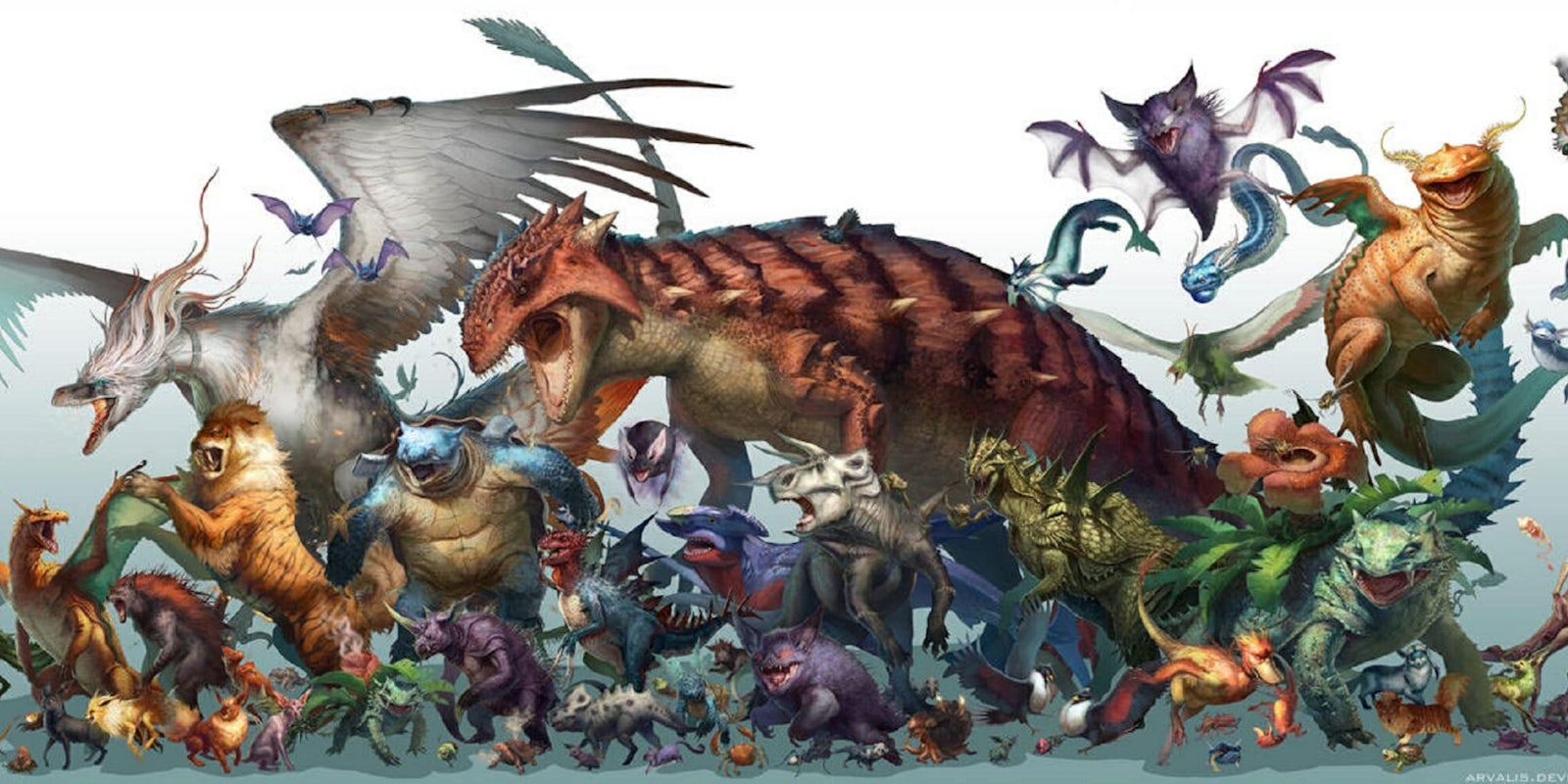Last week, the first trailer for Pokémon Detective Pikachu nearly broke the internet. On YouTube, it’s garnered more than 46 million views, overshadowing Disney’s Toy Story 4 trailer released that same day and spawning meme after meme after meme. Some fans responded with adoration, stunned to see the world of Pokémon brought to life, while others gaped in horror at their new photorealistic designs. But it wasn’t the first time we’ve seen realistic Pokémon.
For anyone who lurked on Deviantart around the turn of the decade, Detective Pikachu’s trailer brought the illustrations of RJ Palmer, now a concept artist at Ubisoft San Francisco, immediately to mind. Though only 22 at the time, his realistic reimaginings of fan favorites like Charizard and Arcanine jettisoned what was then a budding freelance career as a concept artist and illustrator out of California. While other artists may have attempted to represent Pokémon in the real world, none had done so with such meticulous attention to detail and dedication to incorporating real-life biological traits as Palmer.
His work instantly went viral and caught the attention of many future employers, including a production designer at Legendary Pictures, the studio behind Detective Pikachu. The designer searched the internet for realistic Pokémon, Palmer @arvalis told the Daily Dot, and after finding his name offered him a job working on the movie. His reaction? “Holy shit yes, of course,” Palmer said, and he began work in a brand new city within the next week.
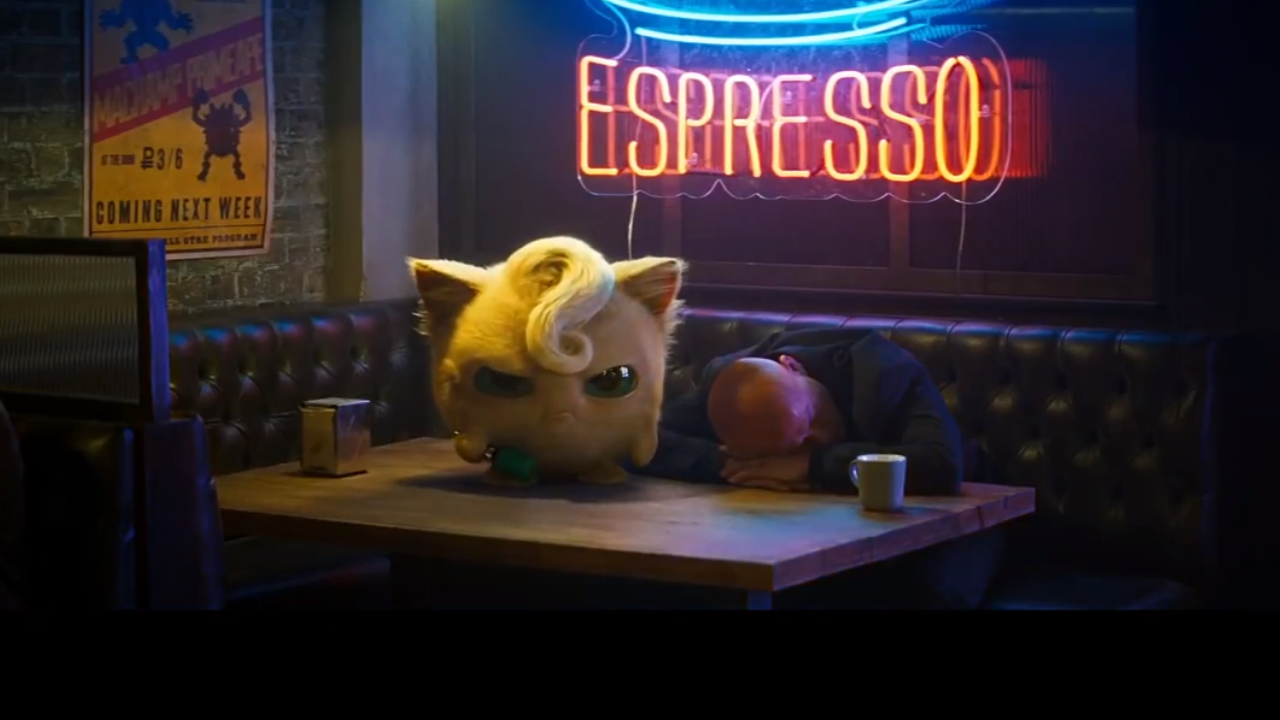
While he couldn’t speak to his specific work on Detective Pikachu due to a non-disclosure agreement, Palmer said he was one of the first artists to be brought onto the project—hired even before the movie’s director. He described the whole experience as a “dream project,” an excuse to dive even deeper into the illustrations of Pokémon biology he’d been doing for fun. “Like, you get to sit around and talk about like what a Pokémon’s claws look like. That’s awesome.”
As the youngest and only “Pokémon guy” on the team, being the sole fan of the series, Palmer said it was incredibly inspiring to watch his fellow artists apply their years of experience to a subject he has such a personal connection to. “I got to see these super talented guys taking their skills and applying it to Pokémon. It was really exciting just as a fan.”
His previous work proved indispensable for his new role drawing concept art and illustrations for Detective Pikachu. Over the course of four years, he’s drawn more than 100 species of Pokémon, dividing the project into two seasons. It grew out of a childhood fascination with evolutionary biology; as a kid, Palmer had wanted to be a paleontologist before he realized they have to do more than just draw dinosaurs for a living. When he wasn’t illustrating dinosaurs, though, he was drawing fanart, particularly of the ‘90s collective obsession: Pokémon.
“I’ve always been into drawing fanart,” Palmer said, “because I feel like it’s a fun way to express your interests and play with ideas and experiment more because you don’t have to design everything from scratch. You get a sandbox to play in and tell your story about somebody else’s ideas.”
As he grew up and developed an interest in character design, particularly inspired by Soul Caliber and Final Fantasy, he began folding all these interests together, culminating in his biggest break-out success to-date: realistic Pokémon.
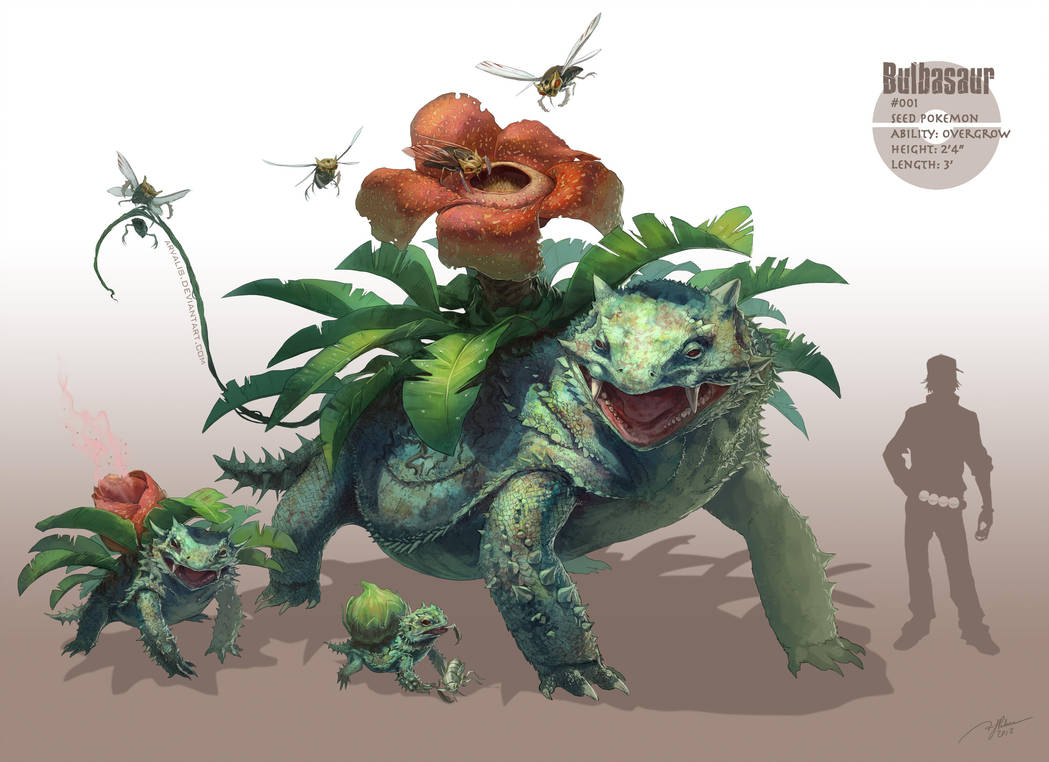
“I got to tell my own story using Pokémon as my canvas to experiment and play, and I got to learn a whole lot by doing that,” Palmer explained. “It just opened all the doors for me.” What originally felt like a break from his “real work” swiftly transformed into real work itself via commissions and job offers like the one for Detective Pikachu.
Having only worked at the concept stage, he was floored by the trailer, his first look at their final design. “They did really good. It was actually more real-looking than I expected based on my time on the project,” he said. Most importantly, though, a lot of fans seemed to like it as well, so he didn’t have to apologize to anyone that he had his hand in the project.
While his first set of realistic Pokémon in 2012 launched his career and featured classics like Venusaur, Charizard, and Mewtwo, Palmer said he only spent about a day on each drawing, and many of them aren’t as technically advanced as later entries. You only have to look at a timeline to realize what he means: while the first season took eight months, the second season took around three years, with many illustrations requiring 30 to 40 hours each over the course of a weeks worth of work. And that’s just drawing time; he also put about a day’s worth of research into each entry, trying to identify real-world biological phenomenon that would make a Pokémon’s design more believable.
For instance, Palmer’s version of Dragonite is more frog than dragon; he found in his research that the only animals that evolve from a serpent shape to grow limbs are amphibians. He often had to get creative with Pokémon lacking real-world counterparts, imagining the Pokeball-like Voltorbs as balled-up armadillos, Magnemites as hover crabs, and the Ghastly evolution line as a series of vampire bats with ghoulish markings.
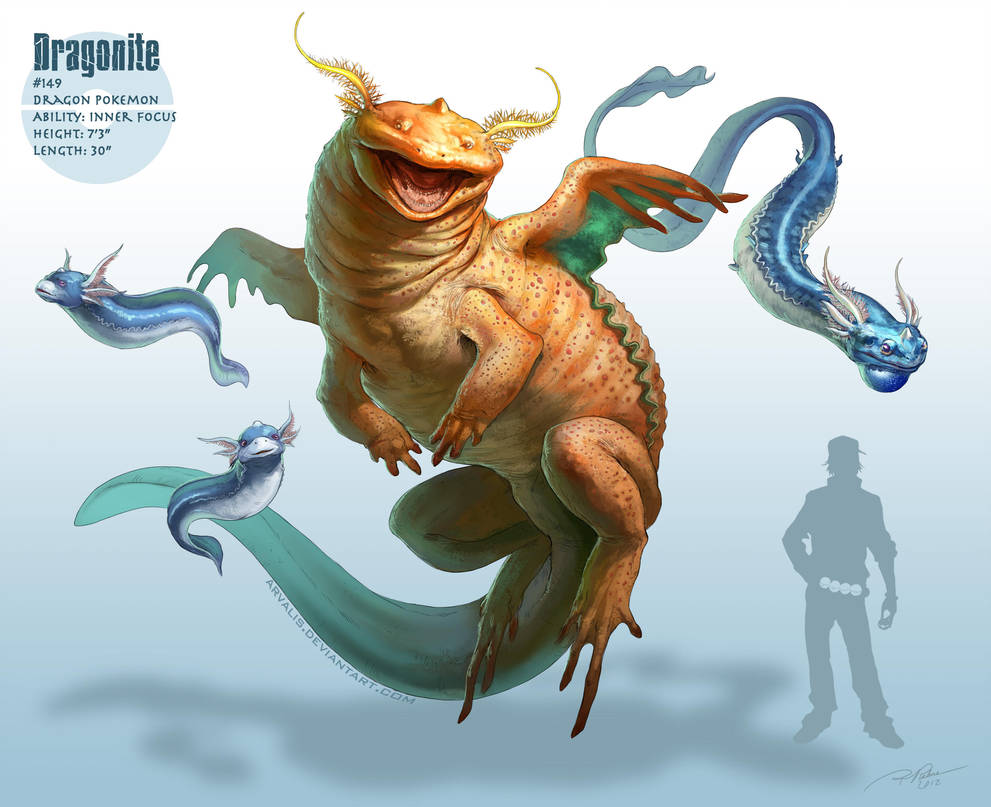
Each illustration comes with a bit of flavor text like you kind you’d see in a children’s biology book. The entries often reveal exactly how much meticulous research went into each Pokémon’s design, providing logical explanations for the Pokémon’s appearance, such as labeling Blastoise’s cannons as a form of squid’s jet or that Eevee’s evolutions are based on its surrounding environment, i.e. living near a coastline for Vaporeon or getting struck by lightning for Jolteon. My personal favorite? Reimagining Mewtwo and Mew as fetus-like mutations with tales as umbilical cords ending in a form of placental brain.
Ultimately though, he hopes this experience will incite fans, especially other artists, to remain undeterred from drawing their own fanart despite what some art teachers and art schools may preach. “My entire adult career has been built on the back of these illustrations I did … Don’t let anybody tell you that fanart doesn’t get you anywhere.” Fanart reveals a passion for working on other people’s ideas and properties, he explained, which shows employers that you can be excited about whatever project they’re thinking about bringing you on. Haters may call fanart pointless or say you’re just “spinning your wheels” by creating it, but for Palmer, drawing realistic Pokémon launched his career. Without it, who knows, Detective Pikachu might have looked entirely different.
Check out some of Palmer’s other reimaginations below. You can find more of his realistic Pokemon in his DeviantArt gallery.
